Septic Tank Maintenance – What You Need to Know
Septic tank systems play a crucial role in the design of a septic system for homes and buildings that are not connected to public sewer systems. Proper maintenance of these systems is vital to ensure their effective functioning and prevent environmental contamination. Understanding the basics of septic system design is essential to grasp the importance of septic tank maintenance. This article will provide you with the information you need to know about septic tank maintenance and its connection to the fundamentals of septic system design.
What is a Septic Tank?
A septic tank is an underground wastewater treatment system that separates solids from liquids. It is composed of two main parts: the tank and the drain field. The tank collects wastewater from the house or building and separates solids from liquids. The liquids then flow out to the drain field, where they are filtered before entering the groundwater.
Why is maintenance Important?
Septic tank systems require proper maintenance to function correctly. Failure to maintain these systems can lead to system failure, environmental pollution, and health hazards. Regular maintenance helps prevent clogs, backups, and costly repairs. It also helps to extend the life of the system.
Signs Your Septic Tank Needs Maintenance
There are several signs that your septic tank may require maintenance. These include:
- Slow-draining sinks, tubs, or toilets
- Foul odors
- Gurgling sounds coming from pipes
- Wet areas in the drain field
- Sewage backups
If you notice any of these signs, it is crucial to contact a professional to inspect and repair your septic tank system.
How Often Should You Pump Your Septic Tank?
The frequency of septic tank pumping depends on several factors, including the size of the tank and the number of people using it. Generally, septic tanks should be pumped every three to five years. However, some systems may require more frequent pumping.
How to Maintain Your Septic Tank System
Proper septic tank maintenance involves several steps, including:
1. Regular Pumping
Septic tanks should be pumped every three to five years, depending on the size and usage. Regular pumping prevents solids from accumulating and clogging the system.
2. Water Conservation
Conserving water helps prevent the system from becoming overloaded. Fixing leaks, installing low-flow fixtures, and spreading out water usage can all help conserve water.
3. Proper Waste Disposal
Only human waste and toilet paper should be flushed down the toilet. Avoid flushing anything else, including feminine hygiene products, diapers, and paper towels.
4. Avoid Harsh Chemicals
Harsh chemicals can harm the bacteria in the system responsible for breaking down waste. Avoid using chemicals like bleach, drain cleaners, and antibacterial soaps.
5. Regular Inspections
Regular inspections by a professional can help identify any potential issues before they become costly repairs. Inspections should be done every one to three years.
Conclusion
To prevent environmental pollution, health hazards, and costly repairs, it’s crucial to maintain your septic tank system. Regular upkeep includes pumping, conserving water, disposing of waste properly, avoiding harsh chemicals, and scheduling routine inspections. If you’re experiencing any problems with your septic tank system, it’s essential to reach out to a professional for inspection and repair.
For residents in the Pierce County WA area, Economy Septic Service, INC offers reliable septic tank system services to keep your system running efficiently. Contact them today to schedule an appointment and ensure your septic tank system is functioning correctly.
Frequently Asked Questions
Garbage disposals can overload septic tanks with solids and should be avoided.
Additives are not necessary and can harm the bacteria responsible for breaking down waste.
Trees should be planted at least 50 feet away from the septic tank system to prevent roots from damaging the system.
Septic tank systems can be used near bodies of water if they are properly designed, installed, and maintained. However, it is essential to follow local regulations and guidelines to prevent environmental pollution.
Regular inspections by a professional can help identify any potential issues with your septic tank system. Signs of a problem include slow-draining sinks, foul odors, gurgling sounds, wet areas in the drain field, and sewage backups.

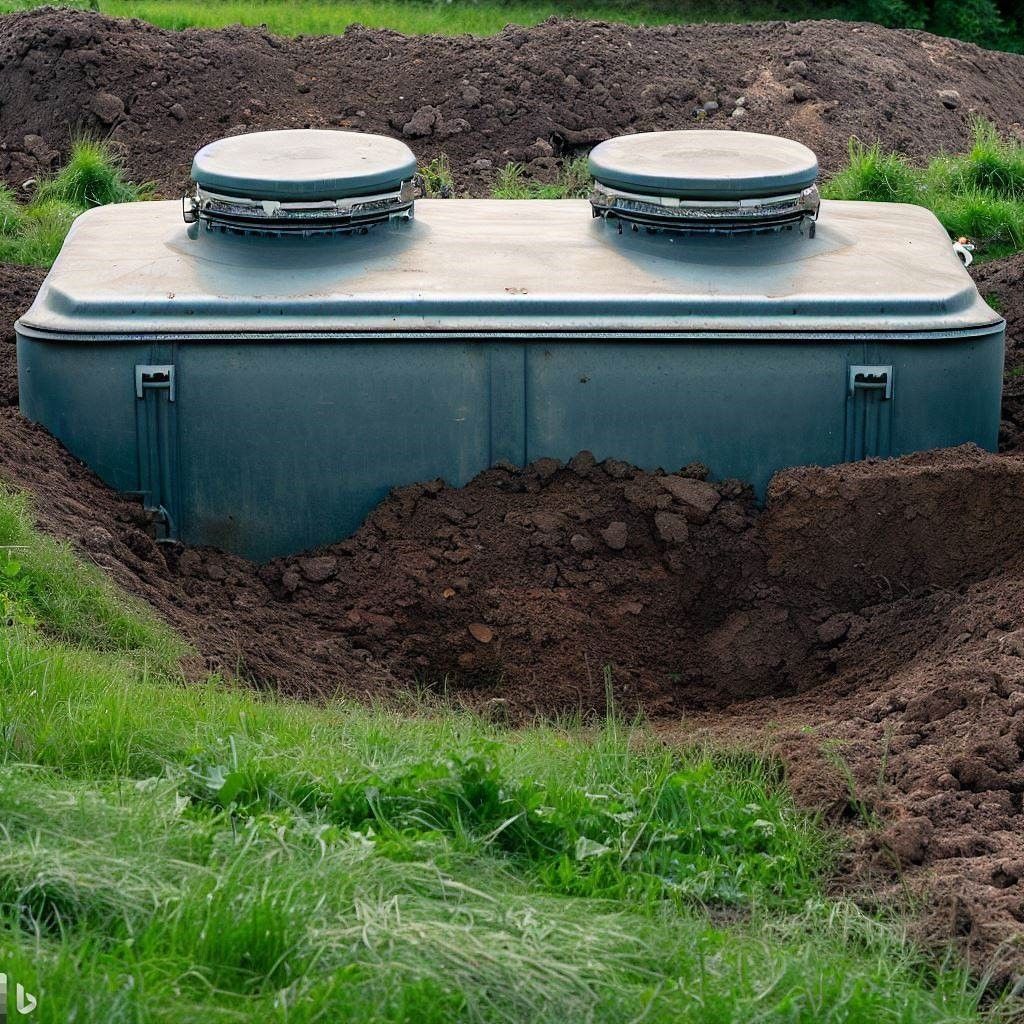
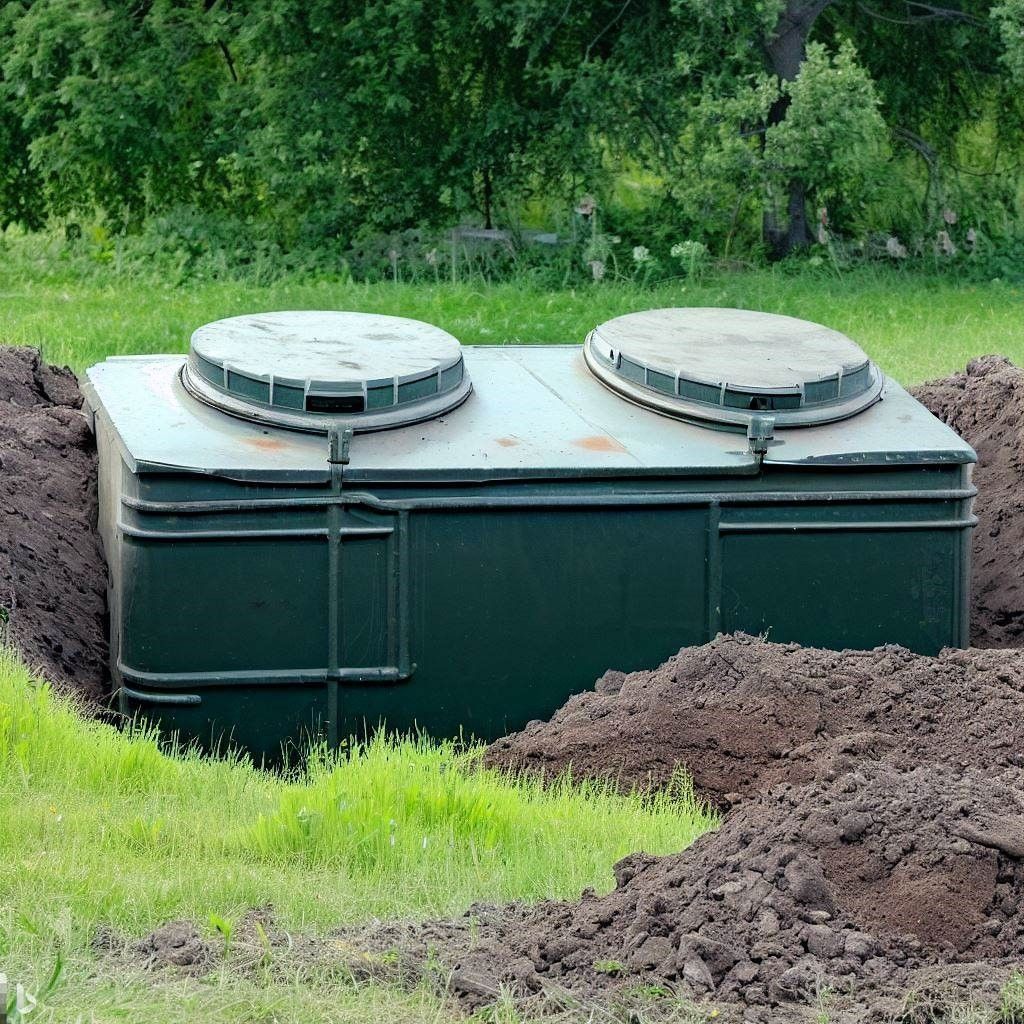

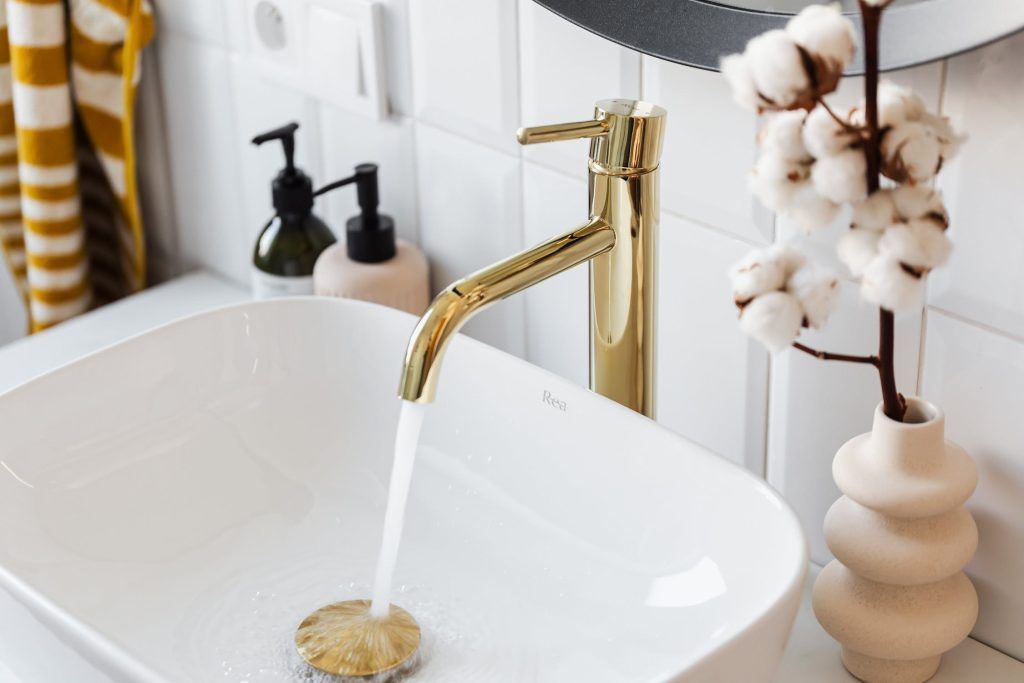
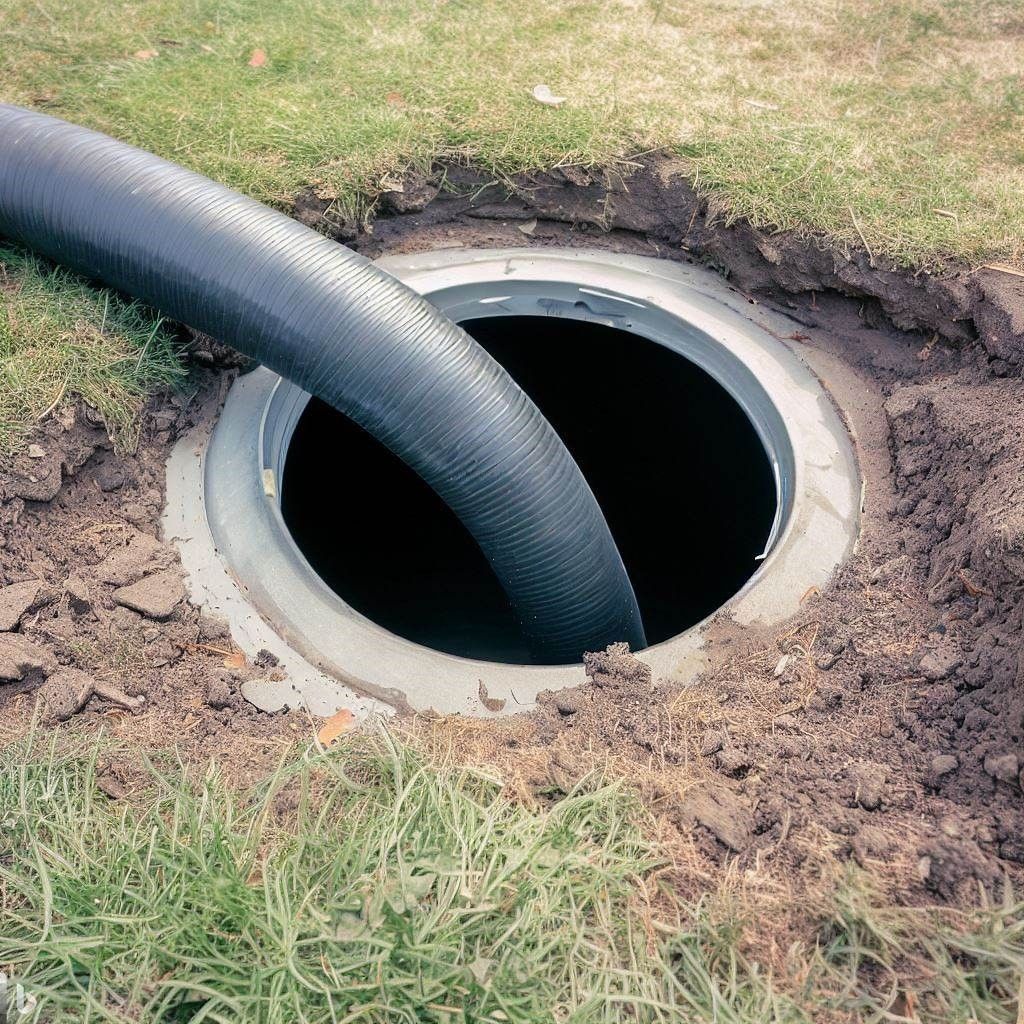
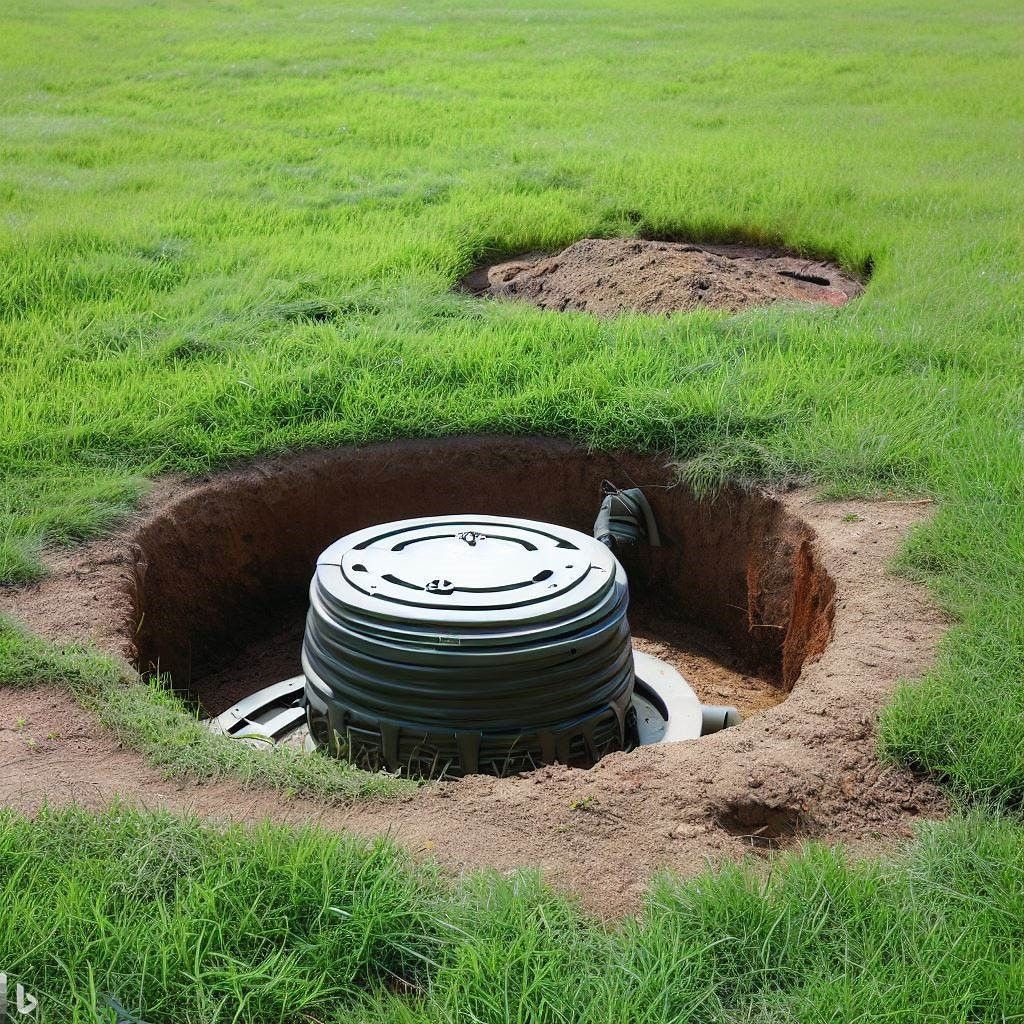
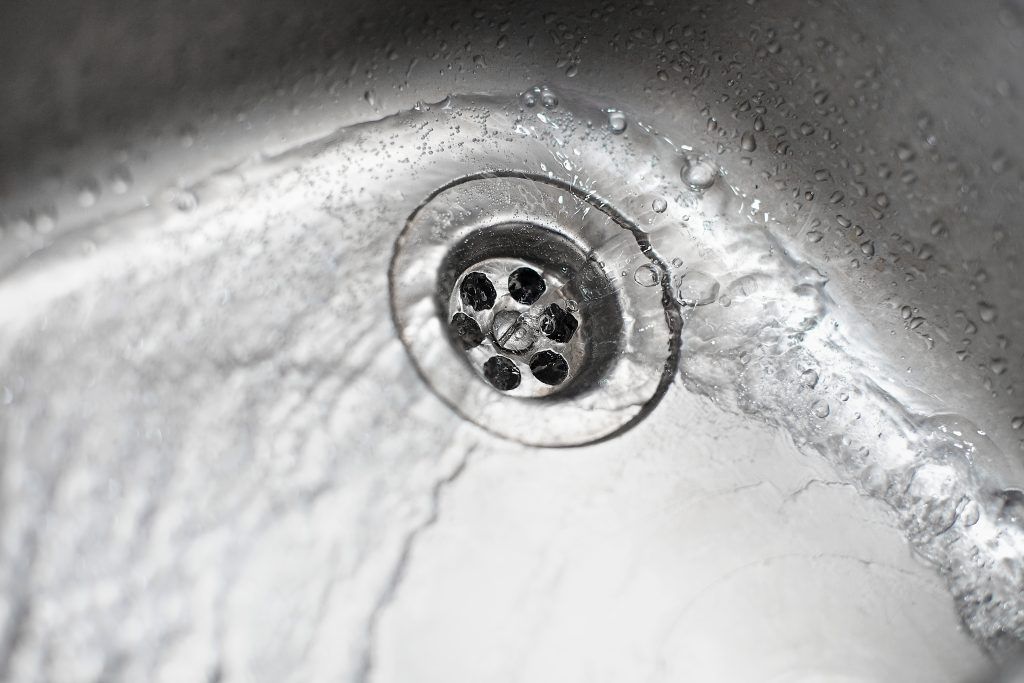
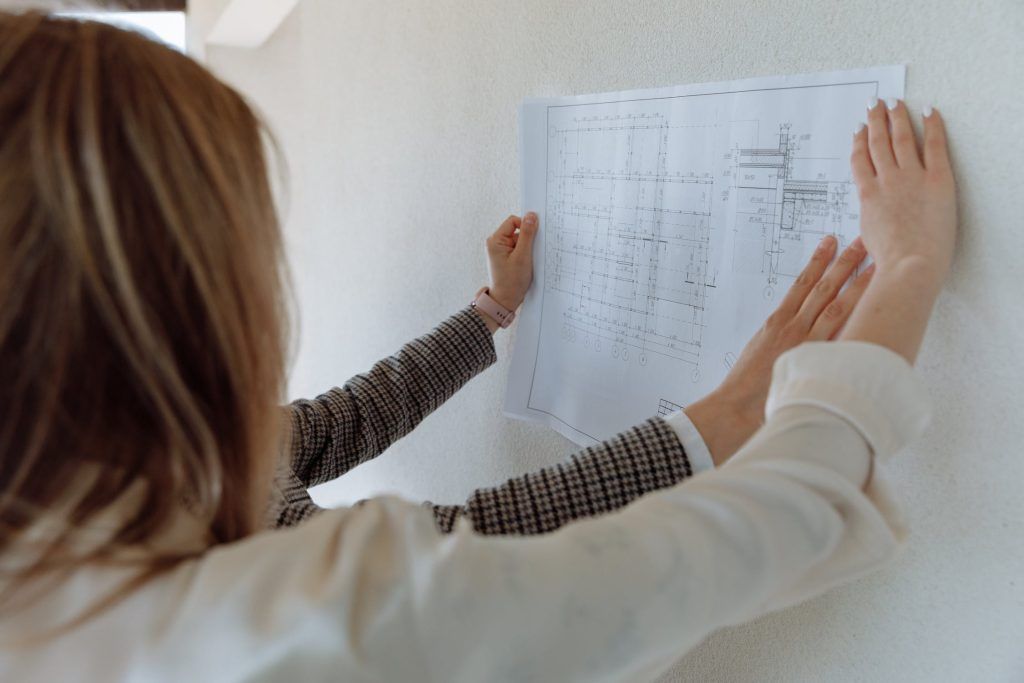

Stay Connected With Us
Contact Us
Quick Links
Business Hours
- Mon - Fri
- -
- Sat - Sun
- Closed
Economy Septic Service Inc.
